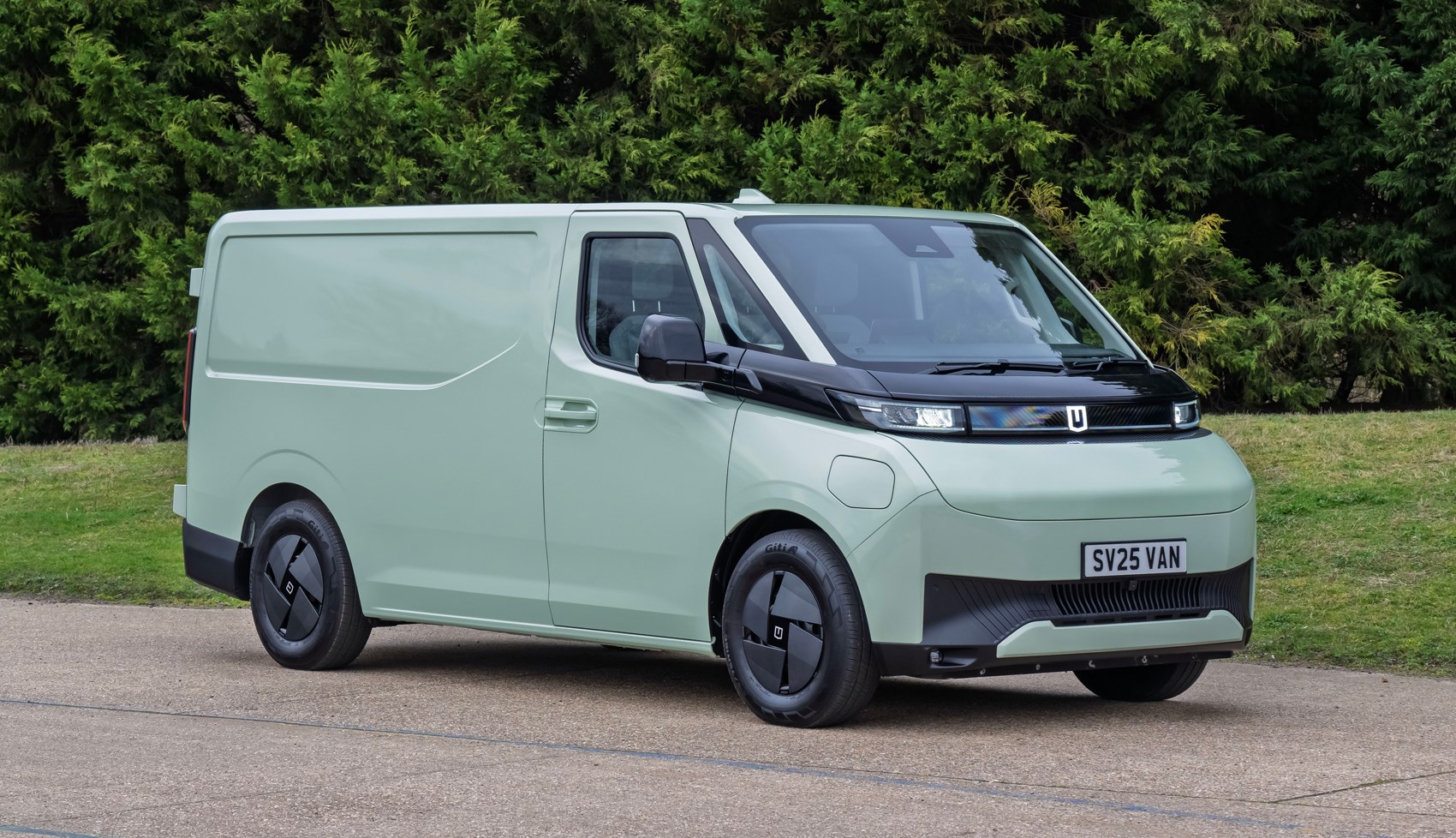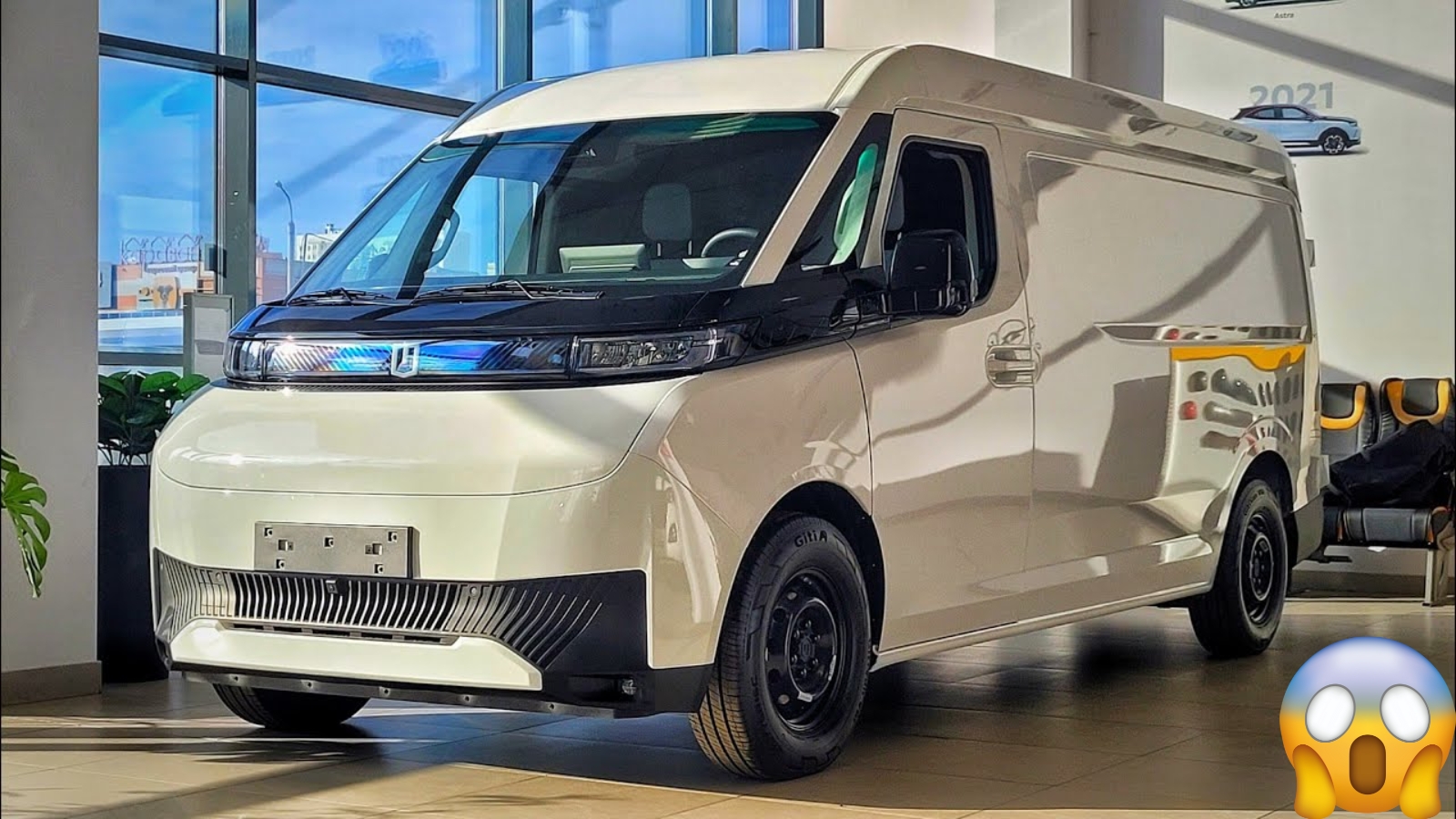Australian businesses are about to witness a significant shift in commercial vehicle options as Geely’s Farizon brand prepares to launch its SuperVan electric commercial vehicles. This isn’t just another electric van entering the market – it’s a comprehensive solution designed specifically for modern Australian business needs.
The Farizon SV SuperVan represents more than just electrification; it’s a complete rethinking of what commercial vehicles can offer. With traditional fuel costs continuing to fluctuate and environmental concerns growing, many Australian business owners have been waiting for electric alternatives that don’t compromise on capability or affordability.

Real-World Performance That Actually Works
Unlike many electric vehicles that focus primarily on passenger comfort, the Farizon SV has been engineered with working Australians in mind. The van features an 83kWh battery pack powering a 170kW electric motor – specifications that translate to genuine work capability rather than just impressive numbers on paper.
What makes this particularly relevant for Australian conditions is the van’s 2000kg towing capacity. Whether you’re a tradie hauling equipment between job sites or a delivery business managing heavy loads, this electric van won’t leave you stranded or underperforming compared to traditional diesel alternatives.
The extensive testing regime – reportedly covering one million miles of development – suggests Farizon has taken durability seriously. Australian road conditions and climate variations demand vehicles that can handle everything from Sydney traffic to remote regional deliveries.
Practical Innovation for Working People
The most impressive aspect of the Farizon SV isn’t its electric drivetrain – it’s the thoughtful features designed around actual work scenarios. The real-time payload monitoring system lets drivers check their load weight in 5kg increments directly from the dashboard. This eliminates guesswork and helps prevent overloading violations that can result in hefty fines.
Perhaps even more valuable is the vehicle-to-load (V2L) capability, providing three 3.3kW power outlets in the cargo area. For tradespeople, this means powering tools directly from the van without needing separate generators or worrying about battery-powered equipment running flat on remote job sites.
The sliding side door design eliminates the B-pillar, creating a wider opening for loading equipment and materials. Combined with the 270-degree opening rear doors, loading and unloading becomes significantly easier – a daily benefit that adds up over time.
Three Variants to Match Different Business Needs
Farizon isn’t taking a one-size-fits-all approach to the Australian market. The brand will launch with three distinct variants, each targeting specific business requirements rather than forcing customers to compromise.
The short-wheelbase low-roof model suits urban delivery services and small trades where maneuverability matters more than maximum cargo space. The long-wheelbase low-roof version provides additional storage while maintaining reasonable height for standard parking situations.
For businesses requiring maximum cargo volume, the long-wheelbase high-roof variant offers up to 11.22 cubic metres of storage space – competing directly with larger traditional vans while delivering the operational cost benefits of electric power.
Technology That Enhances Rather Than Complicates
Modern commercial vehicles often overwhelm users with unnecessary technology. Farizon appears to have focused on features that genuinely improve daily operations. The 12.3-inch touchscreen includes a 360-degree camera system – particularly useful when navigating tight loading docks or urban delivery zones.
Apple CarPlay integration ensures drivers can use familiar smartphone functions without learning new systems. The drive-by-wire architecture provides precise vehicle control while reducing maintenance requirements compared to traditional mechanical systems.
Safety hasn’t been overlooked, with 30 standard safety features and a Euro NCAP Platinum rating providing peace of mind for business owners concerned about driver welfare and insurance implications.
Market Position and Pricing Reality
With expected pricing starting under $70,000 for the base model, the Farizon SV positions itself competitively against both electric and traditional commercial vehicles. This pricing strategy recognizes that Australian businesses need electric options that make financial sense from day one, not just environmental statements.
The van will compete directly with the LDV eDeliver 7, Ford E-Transit Custom, and other established players. However, Farizon’s feature set and pricing suggest they’re not just trying to match existing options – they’re attempting to redefine what customers should expect from commercial electric vehicles.
Launch Timeline and Availability
Australian businesses won’t have to wait much longer to evaluate these vehicles firsthand. Following displays at the Sydney Everything Electric Show in March, the official launch will occur at the Melbourne Motor Show on April 5-6, 2025.
Jameel Motors, the Australian distributor, plans to establish a nationwide dealer network before the official launch, ensuring customers across the country can access both sales and service support.
The timing aligns with growing government incentives for commercial electric vehicles and increasing customer demand for sustainable transport options. For many Australian businesses, 2025 may represent the perfect moment to transition to electric commercial vehicles that actually meet their operational requirements.
Vehicle Specifications Table
| Specification | Details |
|---|---|
| Battery Capacity | 83kWh |
| Motor Power | 170kW (front-mounted) |
| Towing Capacity | 2000kg |
| Cargo Volume | 6.95 – 11.22 cubic metres |
| Wheelbase Options | 3100mm – 3850mm |
| Length Range | 4990mm – 5995mm |
| Width | 1980mm |
| Height Range | 1980mm – 2500mm |
| V2L Power Output | 3.3kW (3 outlets) |
| Wheel Size | 16-inch |
| Safety Rating | Euro NCAP Platinum |
| Expected Price | Under $70,000 (SWB) |
Frequently Asked Questions
When will Farizon vans be available for purchase in Australia?
The official launch is scheduled for April 5-6, 2025, at the Melbourne Motor Show, with customer deliveries expected to begin in the first half of 2025.
What’s the real-world range of the Farizon SV?
While official range figures haven’t been released for Australian conditions, the 83kWh battery pack is designed for commercial duty cycles with practical daily range expectations.
Can the van power tools and equipment on job sites?
Yes, the V2L system provides three 3.3kW power outlets in the cargo area, capable of running most commercial power tools and equipment directly from the vehicle’s battery.
2025 Chevrolet Silverado HD Brings More Power and Rugged Looks
